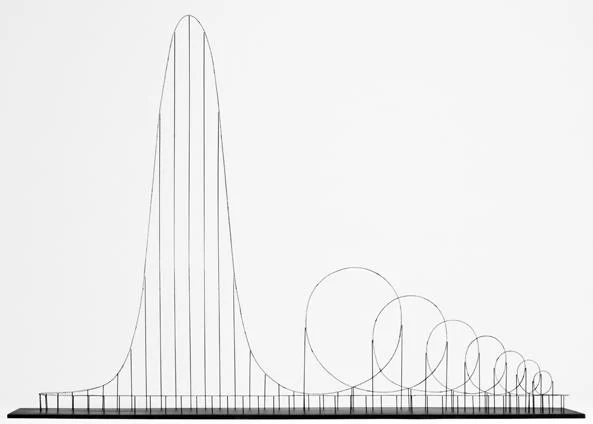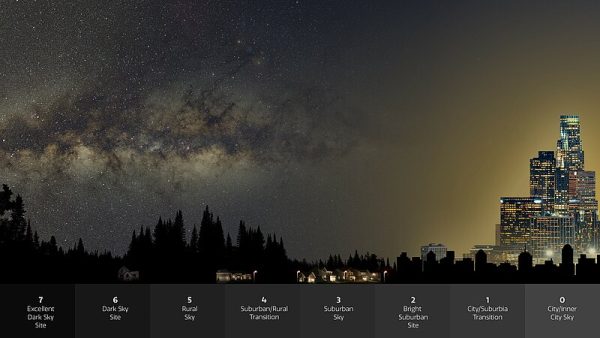This Rollercoaster Kills People and It Is Completely Legal

November 1, 2022
Designed by Julijonas Urbonas, the Euthanasia Coaster as displayed in the photois a concept design in which the coaster due to its incredibly high speeds are enough to end a human life the moment drops down amid the altitude of 150 feet in the air, according to iflscience.com, the “The centrifugal force drives the car upward, and you are literally pinned to the seat, your buttocks’ flesh is pressed against the ergonomic planes of the seat so hard that your whole body is almost immobilised, breathing requires more effort, as the ribs and the rest of the internal organs are pulled down, which empties air from the lungs. But most probably you are already unconscious, as this force rushes the blood to the lower extremities of the body, thereby causing oxygen deficiency in the brain. Once unconscious, your body would continue to go along the rollercoaster, as your oxygen-deprived brain dies.”
This rollercoaster is specifically targeted to those who wish to die a thrilling, yet rapid death that is without exposure to any kind of pain, only sudden joy derived from one of life’s greatest pleasantries and the reason why such a concept cannot be deemed unethical or unfit for civilian use is because this concept relies heavily on the idea of choice, as when the subject is at the highest point of the roller coaster, which as said previously is 150 feet in the air, about the height of the U.S bank tower in California, as shown below. Once at this height, the subject has a choice as to whether one will continue with the ride or depart, but if one chooses to remain, a button is stationed on the ride seat and pressing this button officially commences the ride, acting as a passage between life and death, a purgatory summoned in reality as this very choice quite literally means the difference between life and death, but without pain and only the result.









